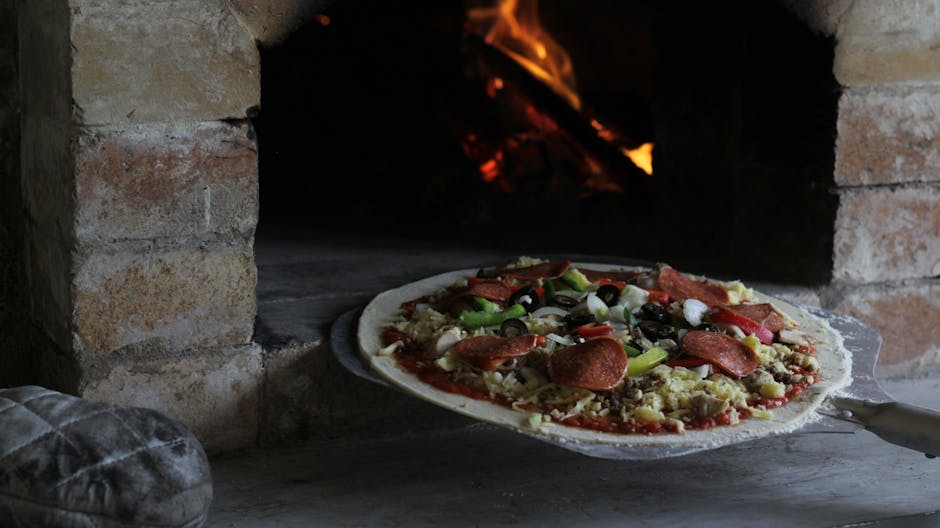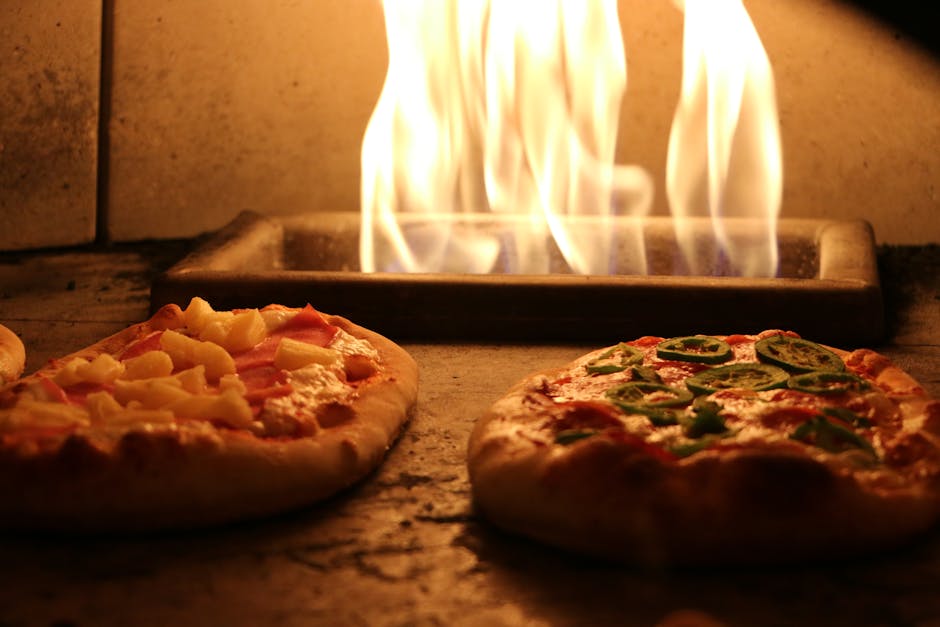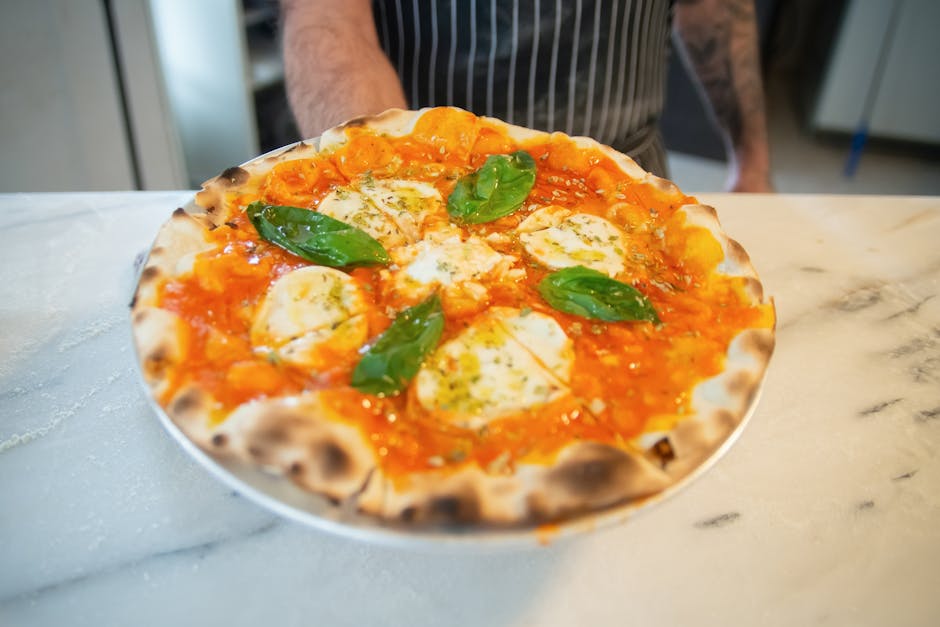There’s something magical about that first bite of a pizza with a crisp, blistered crust and a tender crumb underneath. If you’re a pizza enthusiast like us, you’ve probably heard advice everywhere—from friends to celebrity chefs—swearing by the pizza stone. But do you truly need a pizza stone for an amazing crust at home? Or are there other surfaces that deliver that golden-brown bottom we crave? At Best Pizza Ovens, we’ve explored and tested countless oven surfaces, and we’re sharing everything you need to know so you don’t have to rely on trial and error. Let’s dive into the science and practical details behind pizza stones, steels, and pans, so you can choose what’s right for your pizza game.

Understanding Oven Surfaces: The Heart of Crispy Crusts
Whether you’re using a dedicated pizza oven (outdoor or indoor), a countertop electric model, or your kitchen’s conventional oven, what you bake your pizza on makes a huge difference in the texture and flavor of your crust. The three most common surfaces are:
- Pizza stones (ceramic, cordierite, or clay)
- Pizza steels (solid slabs of steel)
- Baking sheets or pans (aluminum or steel)
Each plays a unique role in heat transfer, moisture management, and crust development. Let’s break down how each surface affects your results—and whether they’re really worth it.
Pizza Stone: The Time-Tested Classic
Pizza stones have long been the standard for homemade pizza. These thick, porous slabs are designed to absorb intense, direct heat and reflect it upward into the dough’s bottom—which is exactly what happens on the floor of a traditional pizza oven.
- Even Heat Distribution: Stones distribute heat uniformly, minimizing hot and cold spots so your crust bakes evenly, edge to edge.
- Moisture Absorption: The porous surface of a stone draws excess moisture from your dough, helping to prevent a soggy bottom and encouraging a crisp finish.
- Heat Retention: Properly preheated (give it at least 30–45 minutes), a pizza stone delivers a rapid burst of heat to the dough, setting the structure quickly and aiding caramelization for that lovely golden-brown color.
- Multi-Purpose: Stones aren’t just for pizza—they’re great for bakery-style breads, pastries, and other crisp-bottomed dishes.
- Affordable Value: A good pizza stone usually costs $40–$60, offering years of use if handled with care.
It’s important to preheat your pizza stone thoroughly. Place it in a cold oven, then set your oven temperature as high as it goes—ideally 500-550°F (260-285°C). Let it “soak” for at least 30 minutes before launching your pizza, to ensure the stone’s entire mass is saturated with heat. This ensures a powerful oven spring and a bubbly, light crust.

Pizza Steel: The Game-Changer for Crust Fanatics
The pizza steel is a newer innovation that’s quickly become a favorite among serious home pizza makers. Unlike ceramic stones, these are slabs of heavy-gauge carbon steel, typically 1/4″ to 1/2″ thick.
- Superior Heat Transfer: Steel conducts heat much faster than stone, giving your dough a rapid, intense burst of energy and resulting in faster cook times and more pronounced charring on the bottom (think Neapolitan-style leopard spots).
- Extreme Durability: Steels won’t crack from thermal shock or drops, and can often be seasoned like cast iron for extra non-stick performance.
- Steep Price, Big Results: Expect to pay $50–$100 for a quality steel. But if you value performance and plan to bake often, they’re nearly indestructible.
- Multi-Tasking: Use your steel for bread, cookies, pastries, and even as a griddle.
Tips for pizza steels: Just like a stone, they need a long, hot preheat to store thermal energy. After baking, allow them to cool completely in the oven to avoid burns. If you want a truly shatterproof, professional-grade tool and are aiming for the crispiest, bubbliest crust possible, steel is the way to go.

Baking Sheets and Pans: The Everyday Solution
Not ready to invest in a stone or steel, or only bake pizza occasionally? A standard aluminum or steel baking sheet still gets the job done, especially for pan pizzas and deep-dish styles.
- Convenience: Easy to clean, store, and use—great for novices or apartment dwellers without much kitchen space.
- Affordability: Typically $15–$25, and you can use them for all sorts of baking.
- Crust Texture: They simply don’t retain heat as well, so you’re more likely to get a soft or pale bottom crust, especially if your oven runs cool or you overload your pizza with toppings.
- Best Uses: Detroit-style or Sicilian pizza, focaccia, and other thicker, oil-rich crusts that don’t require extreme bottom crisping.
You may find baking sheets handy if you like hassle-free cleanup and versatility, but if you crave the intense crunch and oven spring of a pizzeria pie, they’re a compromise.
Side-by-Side Comparison: Stone vs. Steel vs. Pan
| Surface | Crispy Crust | Heat Retention | Durability | Approx. Price |
|---|---|---|---|---|
| Pizza Stone | Excellent | High | Can crack if mishandled | $40–$60 |
| Pizza Steel | Outstanding | Very High | Indestructible | $50–$100 |
| Baking Sheet/Pan | Basic to Good | Low | Very durable | $15–$25 |
Which Surface Is Right for You?
Let’s make it personal—because pizza at home should be tailored to your style, budget, and kitchen setup. Here’s how we suggest deciding:
- If you want restaurant-quality, Neapolitan-style pizza with maximally crisp crusts, and you’re in it for the long haul, invest in a pizza steel. These excel in any high-temp oven—indoor, outdoor, or specialty pizza oven.
- If you bake pizza regularly, but enjoy other bread and pastries too, a classic pizza stone is a fantastic, affordable choice and delivers a classic pizzeria result.
- If you’re an occasional pizza maker, or make thick or pan-style pies, stick with your sturdy baking pan—inexpensive, easy, and reliable.
Remember, even the best surface won’t save a poorly managed dough or an underpowered oven. But starting with the right tools puts you that much closer to pizzeria-worthy creations right at home.
Expert Tips: Maximize Your Surface for Crispiness
- Always preheat your stone or steel thoroughly—30 to 60 minutes at your oven’s maximum temperature is the secret to great results.
- Use a pizza peel to quickly launch and remove your pizza, so the dough makes immediate contact with the hot surface.
- Keep dough hydrated but not soggy—lighter, wetter doughs tend to rise more and crisp better on stone or steel.
- Check oven temp with a thermometer—actual oven temps can be far lower than set, so verify for consistency.
- Clean your stone or steel with a scraper, never soap, and always let them cool inside the oven to avoid thermal shock.
Frequently Asked Questions
- Can I use a pizza stone in a gas or wood-fired pizza oven? Yes, stones work well in most ovens but make sure they’re rated for high heat and avoid thermal shock (never put a cold stone in a blazing hot oven).
- Do electric pizza ovens need a stone or steel? Some high-end indoor models, like the Breville Pizzaiolo, already include a stone deck; if not, a small steel or stone can boost crust performance.
- How do I keep pizza from sticking? Use a dusting of semolina or cornmeal, or parchment paper. For steels, a thin oil layer can help, especially at first.
- What if I don’t have a peel? Prep your pizza on parchment and slide it onto the stone with a flat tray or cutting board.
The Bottom Line: Do You Really Need a Pizza Stone?
If you dream of achieving the truly crisp, airy crust made famous by Italian pizzerias, then yes—a pizza stone or steel is absolutely worth the effort and investment. But every home pizza maker’s journey is unique. Whether you choose stone, steel, or pan, understanding their pros and cons will only improve your results, batch after delicious batch.
When you’re ready to level up your whole pizza setup, from the right oven to the perfect deck, check out the latest guides and reviews at Best Pizza Ovens. We’re passionate about pizza, and our detailed comparisons will help you make the best choice for your kitchen and style. Enjoy your crispier, tastier pizza journey with us!
